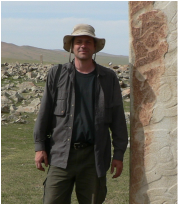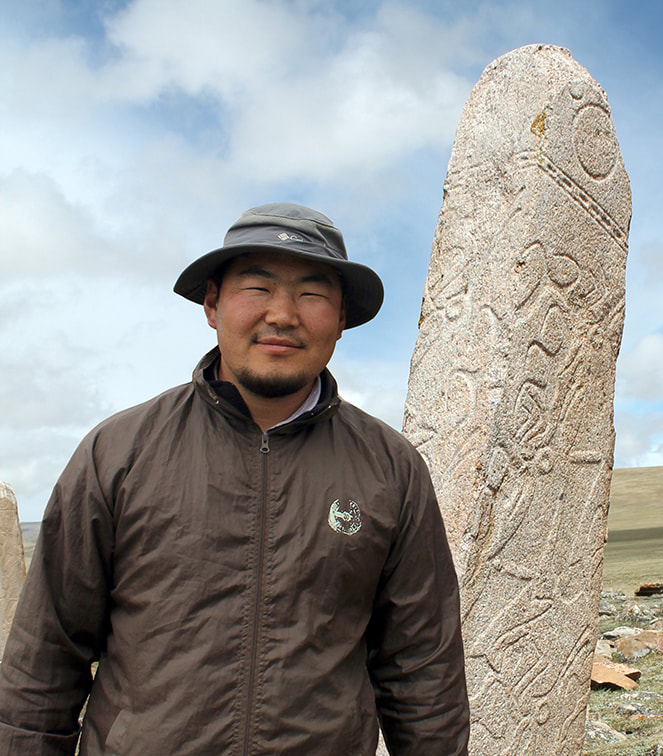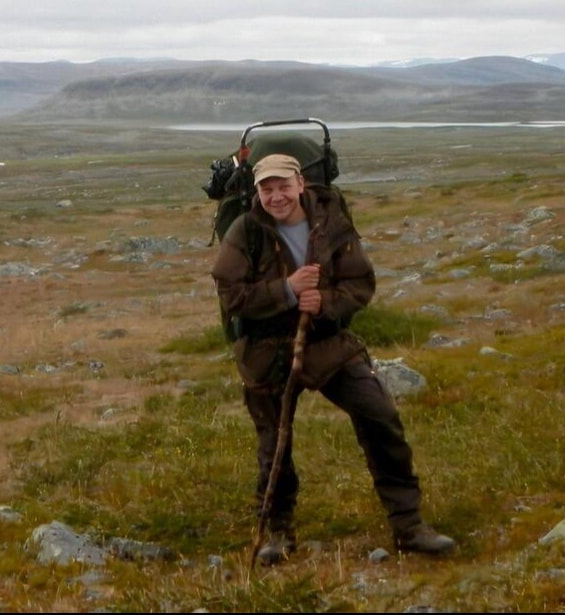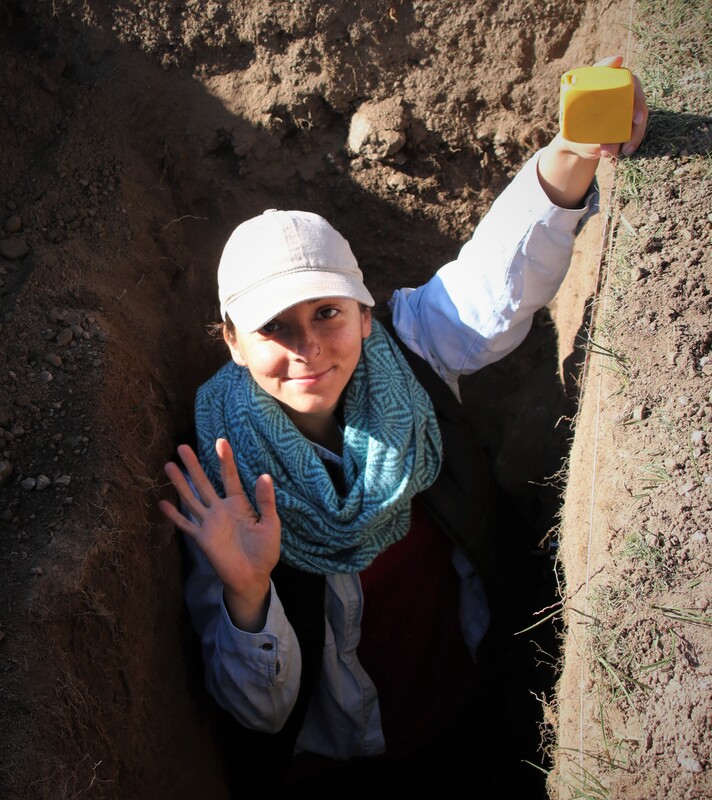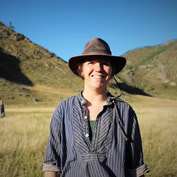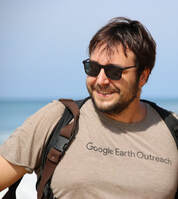Dr. Jean-Luc Houle
Department of Folk Studies
and Anthropology Western Kentucky University |
Jean-Luc is the project’s senior co-director. He is an anthropological archaeologist whose research interests focus on the social and ritual construction of landscapes and the sense of territoriality among mobile pastoralists, as well as on human-environment relationships and how all this relates to the development of complex societies in Inner Asia. Particularly, his interests and methodological foci include: the origins and development of complex societies, landscape archaeology, regional settlement pattern studies, household archaeology, quantitative and spatial analysis, nomadic pastoralist socio-political organization, ethnoarchaeology, and ritual practices.
|
Dr. Jamsranjav BayarsaikhanNational Museum of Mongolia
|
Dr. Bayarsaikhan is the project’s co-director (PhD 2016, National University of Mongolia). He specializes in understanding Bronze Age cultures, pastoral societies, and monumental archaeology in Mongolia. Specially, his work explores the origin, timing, and meaning of ancient ritual practices and stone carvings from the Deer Stone culture – and their implications for continental Eurasia. His research has explored early animal domestication, Bronze and Early Iron Age subsistence, and the material culture of steppe empires like the Xiongnu and the Mongol Empire. His latest book, Deer Stones of Northern Mongolia, was recently published by the International Polar Institute and Arctic Studies Center of the Smithsonian Institution. He is also a strong advocate for the preservation and protection of Mongolian tangible cultural heritage.
|
DR. Oula SeitsonenArchaeologist and
geographer University of Oulu, Finland |
Oula is an archaeologist and geographer working at the University of Oulu and is currently the Chair in Finnish Studies at Lakehead University, Canada. He has done research on the archaeology of pastoralist societies in Mongolia, East Africa, and Fennoscandia, and specializes in lithics, GIS, and remote sensing applications in archaeology. Since 2006, he has also been involved in research on the archaeology and heritage of the German military presence in Finnish Lapland during the Second World War. His recent monograph "Archaeologies of Hitler's Arctic War" (Routledge 2021) is the first one in Finland dealing with the WW2 materialities. His most recent work concerns the archaeological applications of airborne laser scanning (LiDAR) and machine learning, domestication of reindeer in Sápmi, the heritage of northern mining and conflicts in Lapland and Svalbard, and pastoralism in Mongolia.
|
|
Natalia Égüez is a geoethnoarchaeologist at University of La Laguna (Spain) and University of California Davis (USA). With a PhD in Natural Sciences (2018 University of Kiel, Germany), she has been working as a geoarchaeologist in prehistoric sites in Africa, Europe, and Asia for the past 15 years. Her research focuses on understanding the socioeconomic dynamics of human groups and their relationship with animals, taking into account adaptations to the natural environment and the creation of cultural landscapes. Her methodology integrates micromorphology of soils and sediments with biomolecular analyses, to gain information about palaeoenvironment and animal diet, among other things.
|
SARAH PLEUGERZooarchaeologist
University of Edinburgh |
Sarah is a zooarchaeologist and PhD student at the University of Edinburgh. She did her Undergraduate in Pre- and Protohistoric Archaeology at Kiel University (2014) before specializing in her Master’s (2017) in zooarchaeology. She gained years of experiences in the identification and recording of non-human animal remains. With a focus on multispecies’ communities and land use she has been involved in several international projects. She has worked in Mongolia, Russia, Kazakhstan, Uzbekistan as well as the Balkans and Northern Europe. Her current PhD project (funded by the Gerda-Henkel-Foundation) focuses on early pastoralist multispecies communities in Eastern Mongolia and beyond.
|
|
DR. FRANCESC C. CONESA
Archaeological remote sensing
Catalan Institute of Classical Archaeology |
Francesc is a research fellow at the Landscape Archaeology Research Group, Catalan Institute of Classical Archaeology. His research centers on the development of multi-source and automated remote sensing procedures that can help and eventually improve the detection and mapping of features of archaeological interest. His broad interests focus on the natural and anthropic relationships that define Cultural Landscapes, including aspects such as long-term human ecological footprint and land use, and present-day endangered Cultural Heritage. He primarily works on Bronze Age Indus landscapes in South Asia, and he is also involved in research in the Mediterranean region, the Canary Islands and, more recently, Mongolia.
|
|
Lee is a consultant on the project. He gained his undergraduate degree in Archaeology in 2007 (Exon), before obtaining an MSc in Environmental Archaeology and Palaeoeconomy (Sheffield) and an MA in Cornish Studies (Exon). He is a freelance zooarchaeologist and ethnoarchaeologist at zooarchaeology.co.uk. His PhD research focused on the vertebrate taphonomy of urban environments. He is a fellow of the Zoological Society of London and a member of several other academic and professional organizations. Lee's research interests center around paleoecology, palaeoeconomy and pastoralism, themes which feature in his research projects in sub-Saharan Africa as well as current ones with this project.
|
